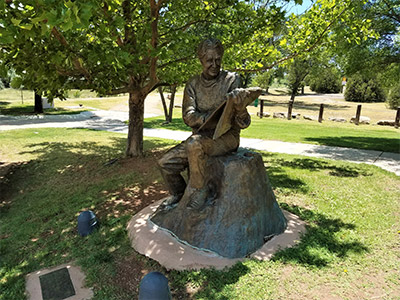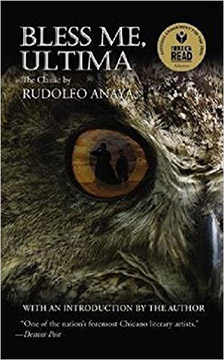Step Into The Pages of History
Unplug As You Explore Our Colorful Past!
Pecos River Bridge
Historic River... Famous Bridge!
In the late 1800s, the Wild West was defined as “west of the Pecos,” and Texas lawman, Roy Bean, was said to be “the only law west of the Pecos.” As railroads pushed west, some of the most lawless characters in the county followed.
The memorable train scene in the Hollywood movie version of John Steinbeck’s Grapes of Wrath was filmed at the Pecos River Bridge in Santa Rosa.
You’ll get a great view of the bridge from Hwy 54 between Riverside Drive and 1st Street. Bring your camera!
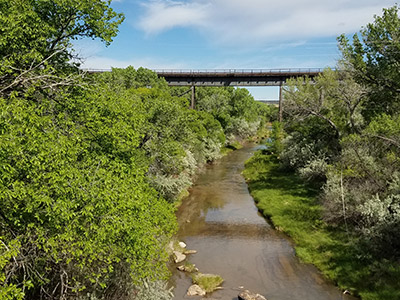
Puerto De Luna
Well Worth The Short Drive!
Just 12 miles from Santa Rosa, Puerto de Luna is definitely the place to “unplug!” Its old churches, buildings, cemetery, and rustic setting will provide an unforgettable experience. You can’t possibly get lost, so be sure to take every twist and turn that you can find to explore this historic village, once a favorite hideout for Billy the Kid.
12.6 miles from Santa Rosa on NM Hwy 91
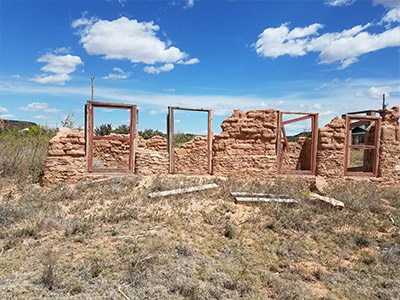
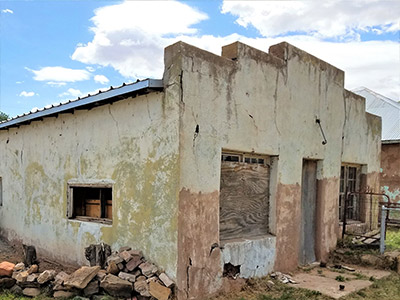
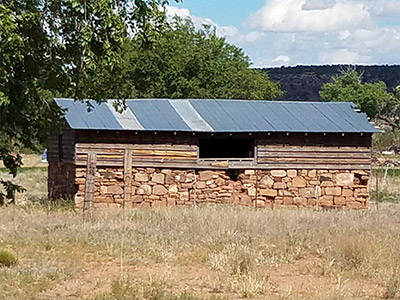
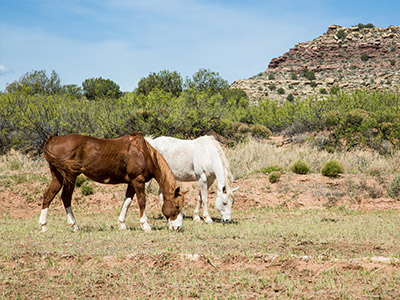
Creek Ranch
Unplug, Unwind, & Be Ready To Ride!
Once home to Apaches, bandits, ranchers, and cowboys, this 8,200-acre working guest ranch offers horseback riding and cattle work… and is the perfect place to unwind. You’ll trail ride through the rugged county along the Pecos River and Carizzo Creek, take part in seasonal cattle drives and brandings, swim or fish in the Pecos River, enjoy evening campfires, and stay in a modern, air-conditioned ranch house.
Less than a 30-minute drive from Santa Rosa.
Open April 1 – October 21
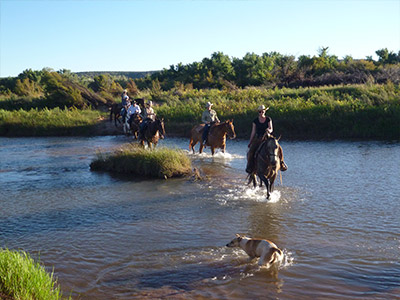
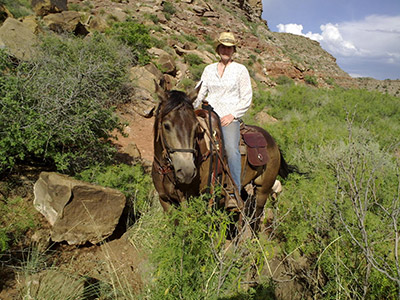
Old St. Rose of Lima
Ruins, Yet A Place of Serene Beauty.
The name Santa Rosa is said to have evolved from St. Rose of Lima, a chapel built in 1879 by Don Celso Baca to honor his mother. While in ruins, the chapel is one of the most visited sites in Santa Rosa, offering visitors a glimpse into the past and amazing photo ops.
Baca is considered the founding father of Santa Rosa. After serving in the US Army, serving as a Captain for the Northern army during the Civil War, and freighting with wagon trains between Kansas City and Santa Fe, Baca settled in Santa Rosa (known then as Aqua Negra Chiquita, “Little Black Water” in Spanish). His 1865 home stands directly across the street from the chapel.
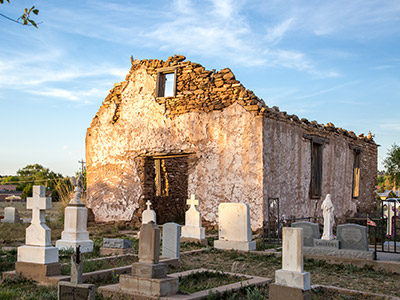
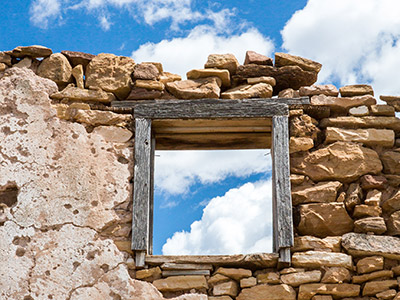
Route 66
Experience The Glory Days!
The Mother Road is inextricably woven into Santa Rosa’s History, with weary travelers from east and west finding Santa Rosa’s exceptional food and lodging a welcome sight. Neon signs were abundant, and while many no longer function, you can still see a great many along Historic Route 66. You’ll also enjoy the Route 66 Auto Museum.
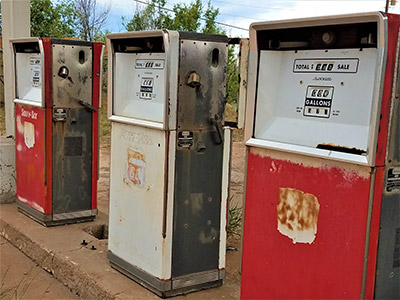
Our Lakes... Our History
Millions of Years In The Making!
Known as the City of Natural Lakes, our seven lakes aren’t actually lakes at all. They’re sinkholes that formed in our area’s limestone bedrock and filled with water. The lakes are connected by a network of underground, water-filled tunnels.
For centuries, our waters have drawn travelers… whether nomadic tribes, wagon trains, cow herders, or, more recently, travelers along the Mother Road… to find respite in Santa Rosa’s clear waters.
Our most famous “lake,” Blue Hole, became a national fish hatchery in 1932, then, in the seventies, it was designated the Blue Hole Recreation Area, and now, the Blue Hole Dive and Conference Center.
To know Santa Rosa’s history is to know and enjoy our lakes. We invite you to do just that!
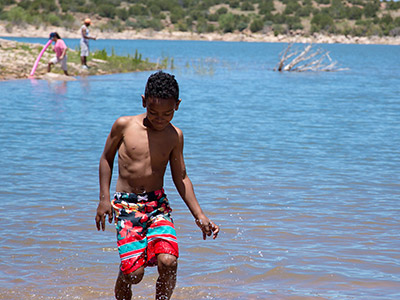
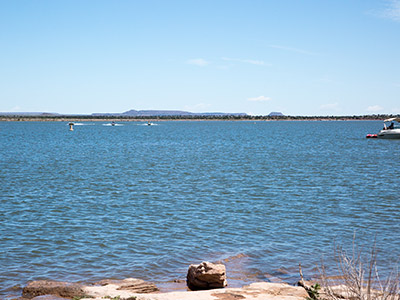
Rudolfo Anaya Landscape Park
A Place To Unwind... And Reflect.
Born in 1937 into a family of farmers and cattle herders, Rudolfo Anaya, a prolific author, is most famous for his novel Bless Me Ultima, written in 1972 and retold as a movie in 2013.
Set in New Mexico in the early ’40s, Bless Me Ultima is a controversial story about a young boy and the mysterious healer who introduces him to the wonders of the spiritual realm.
The Santa Rosa park, which bears his name, is a tribute to this award-winning story and the man whose vision brought it to life.
At the corner of Historic Route 66 and Lake Drive.
La Llorona
Legend, Fiction, or Fact?
Santa Rosa’s history isn’t complete without sharing the story of La Llorona sightings over many decades. La Llorona is said to have been a beautiful woman, Maria, who, angered by her husband’s infidelity with a younger woman, drowned her children in a river. Once she realized the magnitude and depravity of her actions, she drowned herself. At heaven’s gate, she was asked about the whereabouts of her children. Her punishment was to wander the earth forever, seeking her children and weeping the entire time.
Over the years, many Santa Rosa residents have heard her cry, “¡Ay, mis hijos!” (Oh, my children!). Out of fear that La Llorona will kidnap and drown their children (or to ensure their children don’t go near dangerous arroyos and waterways), many parents tell the story of La Llorona.

